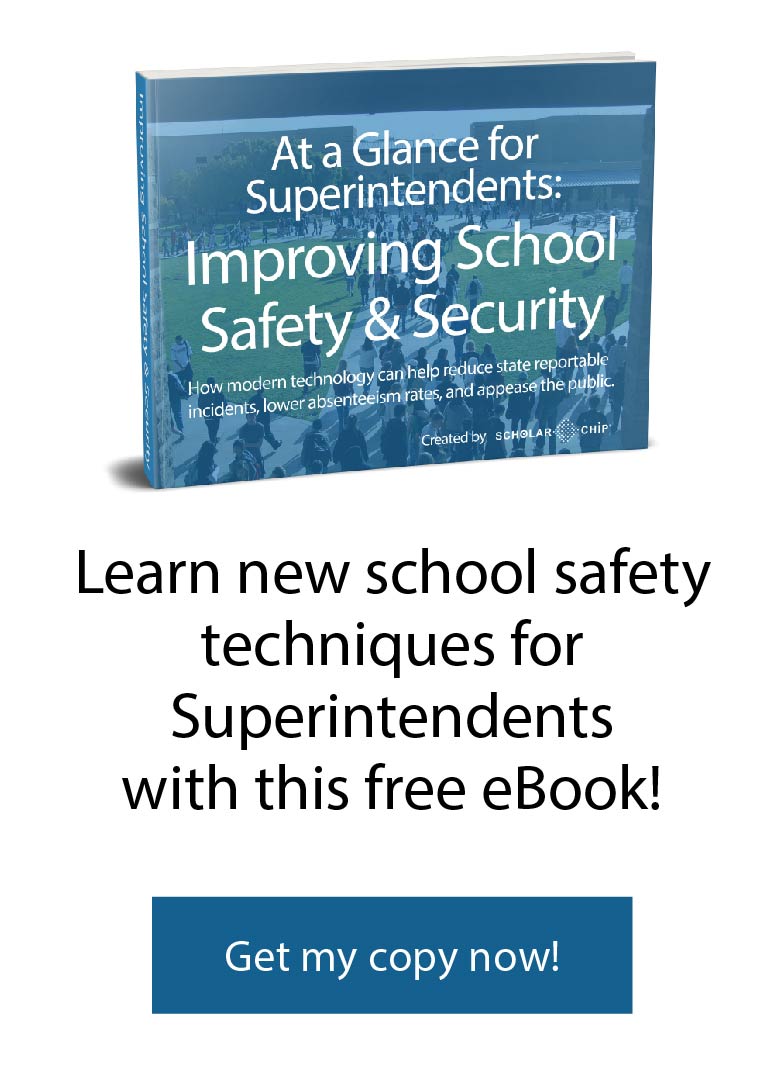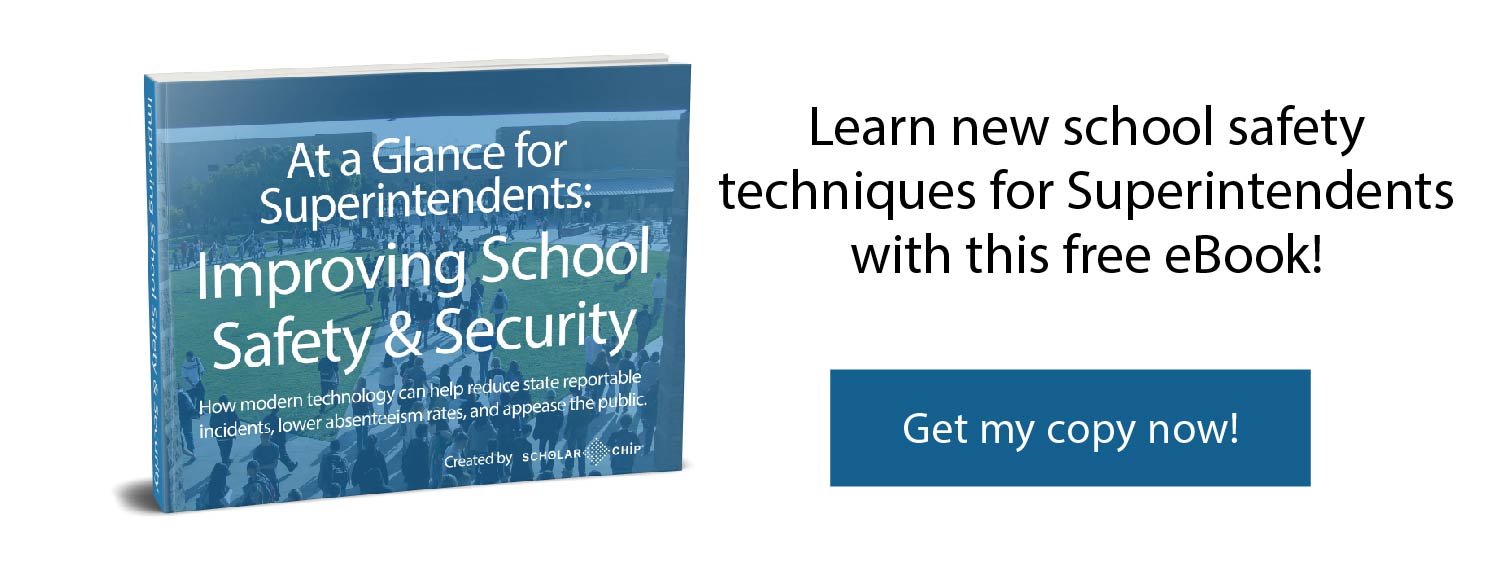Horrific acts of violence in schools, particularly attacks involving firearms, draw national attention as they feed political narratives. These incidents are rare, but the focus on them has raised parent, student and public concern about school safety. Over the two decades since Columbine, schools across the nation have tightened building security. Districts have installed cameras and metal detectors in their buildings, dedicated resources to entrance security and have collaborated with local law enforcement to bring in uniformed School Resource Officers.
These conspicuous additions to daily life at school may deter violence, but students do not necessarily feel any safer in these “hardened” environments. Researchers at the University of Alabama at Birmingham found just the opposite — an increase in visible security measures, according to their study, is associated with students reporting they felt less safe in school.
Perceptions and Misperceptions of danger
The National Association of School Psychologists, in a summary of research on the issue, suggest that visible security strategies may actually contribute to higher levels of disorder and fear among students. Prominent school security measures are a continuous reminder that danger exists, creating an environment that is antithetical to learning. Schools need to be engaging and welcoming, a place where children and their teachers feel safe. The challenge for school administrators is to create effective learning environments while securing data, buildings, and students against external and internal threats.
Threats to School Security
School violence that leads to fatalities capture headlines, but these incidents are few and scattered. The overwhelming majority of districts in the nation will never experience this type of tragedy, (ex. The Center for Disease Control statistics show how rarely deaths occur in school).
By far, bullying, physical fights, threats and other forms of victimization pose a greater threat to the health and well-being of students, faculty and staff. Principal reporting for the 2015-16 school year reveals that 69 percent of public schools in the country experienced incidents of non-fatal violent crime, 21 percent of students report they have been victims of bullying and 23 percent were in a physical fight. Nearly 10 percent of teachers report they were threatened with injury and 5.8 percent were victims of physical attacks in school. In addition to securing the physical plant, school officials must have systems in place that prevent students from putting their safety in jeopardy by leaving campus without permission. Ballistic-grade glass and reinforced classroom doors will not protect against these threats.
Identifying Risks
Persistently occurring incidents of bullying, fighting and threatening behavior create a school climate of fear and, beyond perceptions of danger, they present very real concerns for student and staff safety. Over time, a collective mood of fear can alter a school’s culture from that of a community of learners who celebrate collaboration and success to a toxic and hostile environment of self-preservation. In 2013, the U.S. Department of Education published Guiding Principles: A Resource for Improving School Climate and Discipline. In the report, then Secretary of Education Arne Duncan called on school leaders to redesign policies and practices “…to more effectively foster supportive and safe school climates.” How is this done?
To be effective as guardians of school safety, administrators must keep a finger on the pulse of their district and identify trends that affect school security. Patterns of misbehavior and incidents of violence, or threats of violence can be revealed with an analysis of data. Additionally, policymakers need accurate, timely and integrated data to determine best practices — what works and what does not.
Data Management Solutions
The rapid development of educational technology has schools across the country using a mishmash of systems to track student attendance, academic progress and behavior. Updated systems were added to run alongside legacy systems. While most schools now use computer software to record grades and attendance, many still rely on paper logs for signing visitors in and out of buildings, and file folders with handwritten behavior reports to document problematic student behavior.
While non-computerized systems are familiar and inexpensive, maintaining these documents is time-consuming and prone to human error. Additionally, these systems cannot easily be integrated with other records and the data in these paper logs is not available district-wide in real time. In an emergency, having these reports inaccessible can lead to even more danger.
At the close of the 20th Century, the federal government made funding available to wire schools across the nation for internet access. Federal, state and local funds were dedicated to upgrading computer hardware and software to meet 21st Century standards. Systems purchased at that time are now more than a decade old and failing. These older systems lack intuitive user interfaces, increasing the likelihood of human error and corrupt data. They may not integrate well with other systems within a district due to software issues and cannot produce the reports needed for the data-driven decision-making required of today’s school leaders.
New solutions offered with new systems require a commitment of resources for purchases and training, but the investment will pay off in the long term with increased efficiency and security. Smart card technology makes it possible to combine student, faculty and staff identity management and attendance tracking, as well as building security. These functions may even be accessed with mobile devices for security outside of the school building, giving teachers an extra level of control during field trips and sporting events.
A modern behavior management system allows for year-to-year tracking of incidents, interventions and progress at each point along a student’s k-12 education. These holistic pictures aid educators in identifying “red flags” so that problems may be addressed before they become safety issues.
Hardening a building’s structure against external threats, such as utilizing a visitor management system for screening new visitors is of high importance. The greatest threats to school security are daily behaviors that undermine a positive school climate.
The challenge for school administrators is to monitor activity and control access in and around district buildings, accurately record student attendance and track behavior without turning the school into a fortress. A comprehensive system utilizing all these features can automate multiple tasks and provide good data for effective decision-making.
ScholarChip is an all-in-one, platform solution to help reduce school threats and address the important issues surrounding data management and school safety. Data from students, faculty, and stakeholders are leveraged to manage school access, attendance, and behavior management through the platform tools to increase safety and promote the campus climate schools are looking for.
For a free consultation on how ScholarChip can help you understand how better data management improves your school safety, contact ScholarChip today.


